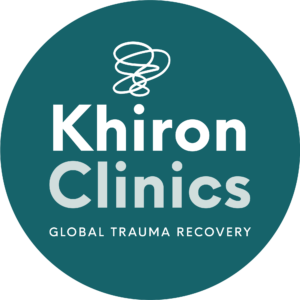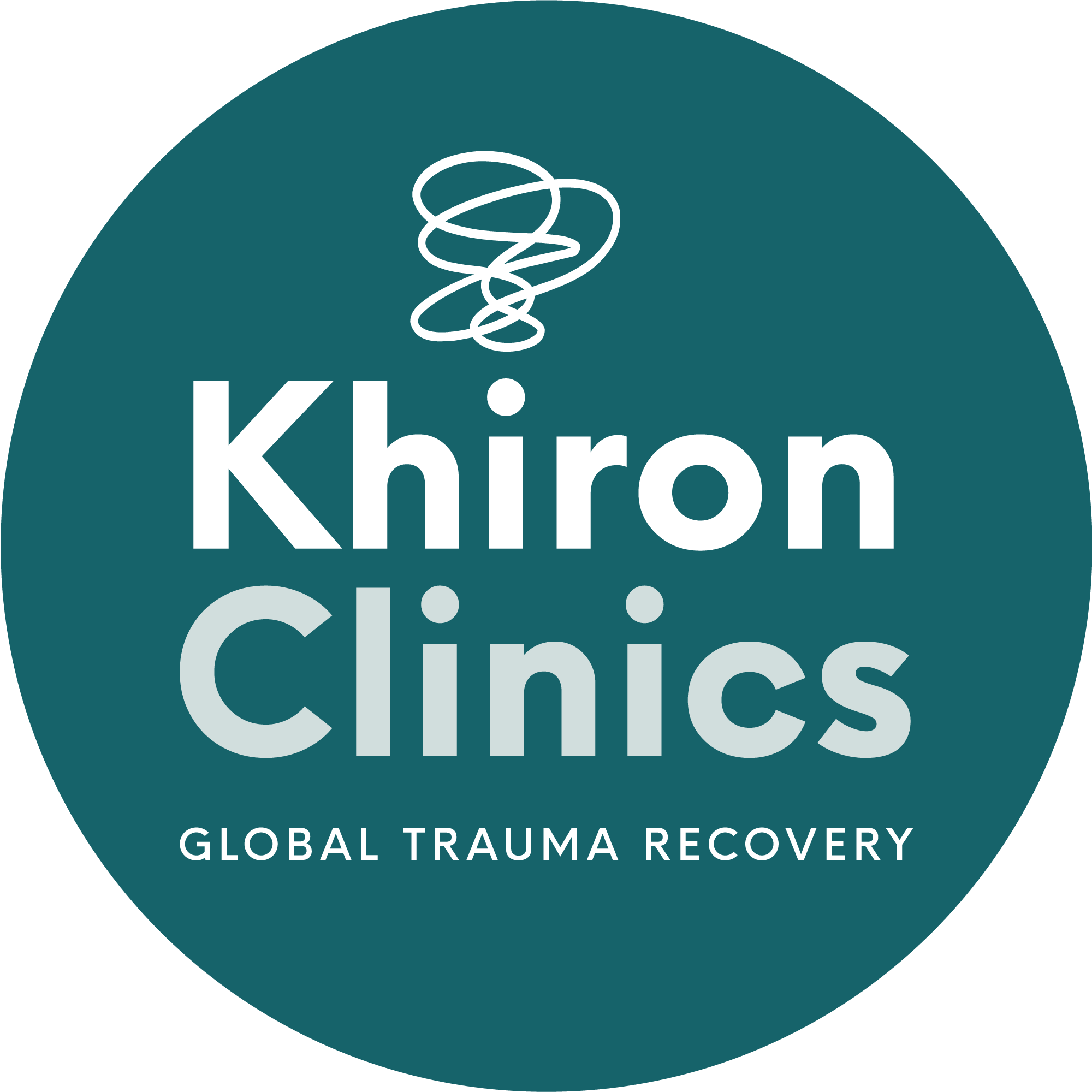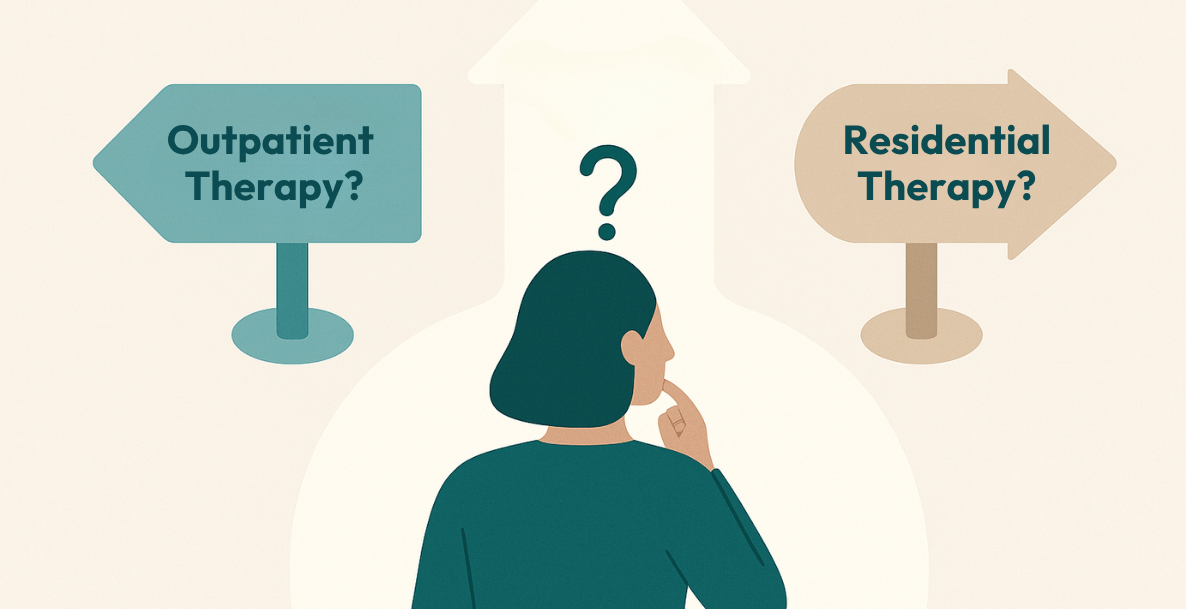Traumatic events can have a lasting impact on our mental health. While some people are fortunate enough to recover from trauma soon after the event, others are prone to developing any of a range of mental health issues that can persist for years. Anxiety, depression, post-traumatic stress disorder (PTSD), and chronic pain are among the most common issues faced by those affected by trauma.[1]
What Is Trauma?
All of us will be exposed to trauma at some point in our lives. That is almost inevitable. The issue we face is not the event itself, but our response to the event. In a healthy person – a person who has a well-regulated nervous system[2] – trauma is met with the natural threat response.[3] This means that the nervous system detects a threat, and the body’s fight/flight response kicks into gear to deal with it. Once the danger has passed, the nervous system exits the threat response, returning to its base state in a process known as homeostasis.[4]
All mammals have this threat response. It is an essential part of our survival. In many mammals, humans included, there is another part of the threat response – freeze.[5] Freeze happens when the threat we face is so overwhelming that fighting or fleeing are not viable options. Our nervous systems become so overwhelmed by the threat we freeze.
In mammals, this looks like playing dead. Humans, however, are more complex. Though we don’t feign death in response to threat, we still freeze when we are overwhelmed. This happens in the form of psychological paralysis or dissociation.[6] When we dissociate, we experience a disconnection from our bodies. The mind leaves the present moment because it is too overwhelming. The problem is that we often get stuck in this freeze response, even when the original threat has passed.
If we don’t exit freeze, all of the activated energy from the threat response gets stuck in the body. We might seem normal, unaffected by the trauma, but the body remembers the experience and remains in a frozen state of threat response activation. Thus, when we are triggered by something that reminds us of our trauma – a person, place, feeling, even a smell or sound – we believe that the threat is back, that the event is happening all over again.
Being stuck in a threat response is exhausting. Our bodies are designed to deal with threat temporarily. We can take the threat response activation, and all of the chemical release that goes with (cortisol, adrenaline, epinephrine[7]) as long as it eventually passes. However, when these stress chemicals are released over a prolonged period, they wear down our physical and psychological health.
How Does Trauma Lead to Anxiety?
Trauma can occur after a single event, such as a terrorist attack or a natural disaster. It can also happen following on-going adverse experiences, such as sexual abuse or abuse in childhood. Either way, traumatic events create the perception that one’s life in danger. In cases of abuse or neglect in childhood, the effects of trauma can persist into adulthood.[8]
As children, we need to feel a visceral sense of safety from our caregivers and in the home. This helps us to learn how to self-regulate our nervous systems and tolerate life’s inevitable stressors. If we did not learn how to self-regulate, due to dysregulation in a parent or ruptures to healthy attachment, our ability to tolerate stress and distress is compromised.
However trauma happened, there are some responses common to most people following the event(s). These include[9]:
- Emotional numbness
- Dissociation
- Mood swings
- Feelings of shame or guilt
- Physical tension
- Despair and hopelessness
- Poor concentration and attention
- Unhealthy changes in appetite
- Physical aches and pains
- Tiredness, low energy
- Flashbacks to the event(s), nightmares, re-experiencing
- Substance misuse
- Social withdrawal
- Anxiety
- Depression
The symptoms of trauma are distressing. Even the anticipation of these symptoms can cause distress. Trauma survivors often live in fear of being triggered, which means that their threat detection system – the amygdala, a small structure in the brain[10] – is always on. They experience hypervigilance, or constant alertness, because they could be triggered at any moment and experience any of the above symptoms.
As mentioned, triggers can be subtle. They can come in the form of a person who simply resembles an abuser or the smell of a particular food that was often cooked in the home at the time of the abuse. We never really know when a trigger will come up, which, paradoxically, can lead to some of the above symptoms anyway, such as social withdrawal or emotional numbness. Thus, the experience of trauma can cause us to be always alert, in a state of hypervigilant anxiety.
Healing From Trauma-Induced Anxiety
Talk therapies are often effective at helping clients come to terms with their trauma. However, talk therapy alone is rarely enough to help a client fully overcome their trauma. In addition to talk therapy with an attuned therapist, clients must feel a visceral safety in their own bodies.
‘Cues of safety are the treatment’[11], explains Dr Stephen Porges, author of The Polyvagal Theory: Neurophysiological Foundations of Emotions, Attachment, Communication, and Self-regulation, and a series of books further supporting and explaining the polyvagal theory. Unless we feel safe in our own bodies, our trauma and its associated symptoms will persist.
We can begin to develop a safe and compassionate relationship with ourselves with our bodies through body-based therapies. Examples of body-based therapies include Somatic Experiencing[12], first developed by Dr Peter A. Levine, and Eye Movement Desensitisation and Reprocessing[13] (EMDR), developed by Francine Shapiro.
Expressive body-oriented therapies such as yoga, movement, dance, and drama can help us come back to the body and release the stored energy from our stored threat response activation. In his book The Body Keeps the Score: Brain, Mind and Body in the Healing of Trauma, author Bessel van der Kolk explains that EMDR and the aforementioned expressive therapies benefit trauma survivors by ‘restoring a sense of agency, engagement, and commitment through ownership of body and mind.’[14]
Essential to healing from trauma is re-establishing the mind-body connection.[15] Body-oriented therapies help us to do this, in conjunction with the development of breath awareness. One of the simplest but most important tools clients in trauma therapy are taught is how to bring attention to the breath.
When we are aware of our breath, we forge a strong connection between the mind and body. This brings us into the present, where we can develop practical tools for coping and self-management that are not based on fear, but on a deep desire and motivation to grow and heal.
If you have a client, or know of someone who is struggling to heal from psychological trauma, reach out to us at Khiron Clinics. We believe that we can improve therapeutic outcomes and avoid misdiagnosis by providing an effective residential program and out-patient therapies addressing underlying psychological trauma. Allow us to help you find the path to realistic, long-lasting recovery. For information, call us today. UK: 020 3811 2575 (24 hours). USA: (866) 801 6184 (24 hours).
[1] Center for Substance Abuse Treatment (US). Trauma-Informed Care in Behavioral Health Services. Rockville (MD): Substance Abuse and Mental Health Services Administration (US); 2014. (Treatment Improvement Protocol (TIP) Series, No. 57.) Chapter 3, Understanding the Impact of Trauma. Available from: https://www.ncbi.nlm.nih.gov/books/NBK207191/
[2] InformedHealth.org [Internet]. Cologne, Germany: Institute for Quality and Efficiency in Health Care (IQWiG); 2006-. How does the nervous system work? 2009 Oct 28 [Updated 2016 Aug 19]. Available from: https://www.ncbi.nlm.nih.gov/books/NBK279390/
[3] Steimer, Thierry. “The biology of fear- and anxiety-related behaviors.” Dialogues in clinical neuroscience vol. 4,3 (2002): 231-49. doi:10.31887/DCNS.2002.4.3/tsteimer
[4] Brown, A. G. “The Nervous System and Homeostasis — Interactions with the Internal and External Environments.” Nerve Cells and Nervous Systems, 1991, pp. 213–227., doi:10.1007/978-1-4471-3345-2_16.
[5] Schmidt, Norman B et al. “Exploring human freeze responses to a threat stressor.” Journal of behavior therapy and experimental psychiatry vol. 39,3 (2008): 292-304. doi:10.1016/j.jbtep.2007.08.002
[6] Schmidt, Norman B et al. “Exploring human freeze responses to a threat stressor.” Journal of behavior therapy and experimental psychiatry vol. 39,3 (2008): 292-304. doi:10.1016/j.jbtep.2007.08.002
[7] Sherin, Jonathan E, and Charles B Nemeroff. “Post-traumatic stress disorder: the neurobiological impact of psychological trauma.” Dialogues in clinical neuroscience vol. 13,3 (2011): 263-78. doi:10.31887/DCNS.2011.13.2/jsherin
[8] Rees, Corinne. “Childhood attachment.” The British journal of general practice : the journal of the Royal College of General Practitioners vol. 57,544 (2007): 920-2. doi:10.3399/096016407782317955
[9] Center for Substance Abuse Treatment (US). Trauma-Informed Care in Behavioral Health Services. Rockville (MD): Substance Abuse and Mental Health Services Administration (US); 2014. (Treatment Improvement Protocol (TIP) Series, No. 57.) Chapter 3, Understanding the Impact of Trauma. Available from: https://www.ncbi.nlm.nih.gov/books/NBK207191/
[10] Bremner, J Douglas. “Traumatic stress: effects on the brain.” Dialogues in clinical neuroscience vol. 8,4 (2006): 445-61. doi:10.31887/DCNS.2006.8.4/jbremner
[11] Porges, Stephen W., and Deb Dana. Clinical Applications of the Polyvagal Theory: the Emergence of Polyvagal-Informed Therapies. W.W. Norton & Company, 2018.
[12] Brom, Danny et al. “Somatic Experiencing for Posttraumatic Stress Disorder: A Randomized Controlled Outcome Study.” Journal of traumatic stress vol. 30,3 (2017): 304-312. doi:10.1002/jts.22189
[13] Shapiro, Francine. “The role of eye movement desensitization and reprocessing (EMDR) therapy in medicine: addressing the psychological and physical symptoms stemming from adverse life experiences.” The Permanente journal vol. 18,1 (2014): 71-7. doi:10.7812/TPP/13-098
[14] Kolk, Bessel A. van der. The Body Keeps the Score: Mind, Brain and Body in the Transformation of Trauma. Penguin Books, 2015.
[15] Sassi, Roberto B. “Abstract thinking: trauma and the mind-body connection.” Journal of the American Academy of Child and Adolescent Psychiatry vol. 50,7 (2011): 631-2. doi:10.1016/j.jaac.2011.04.012







